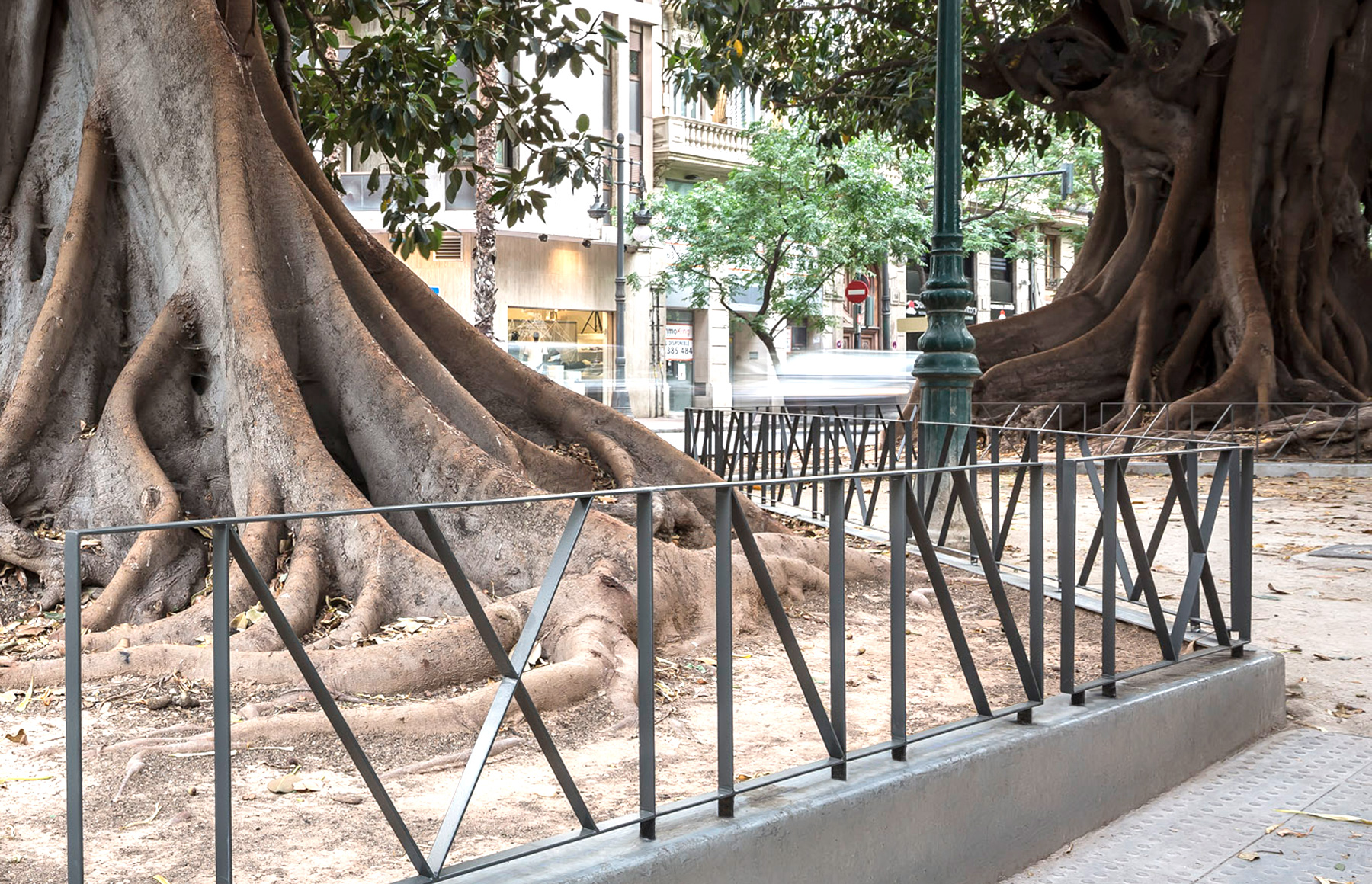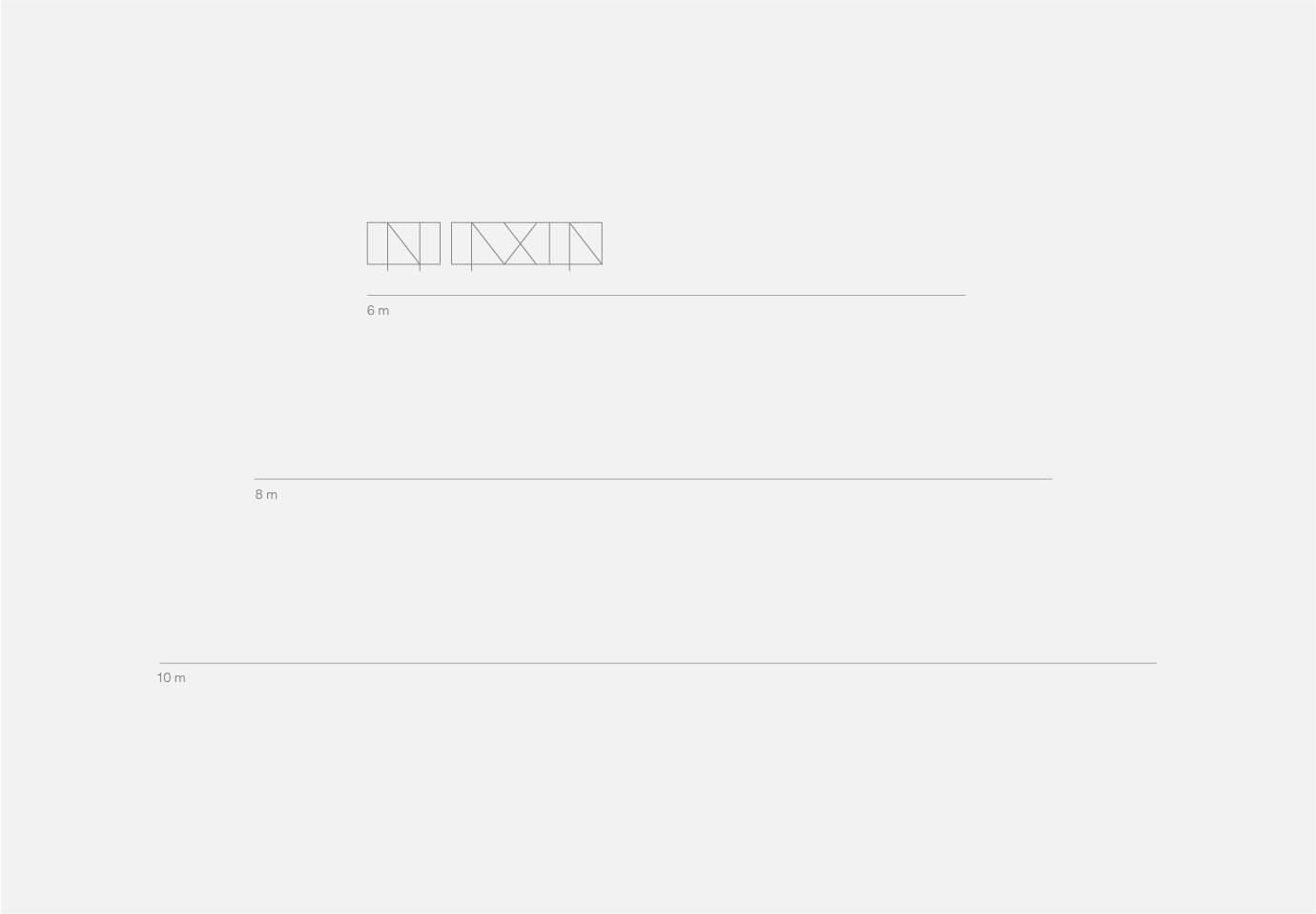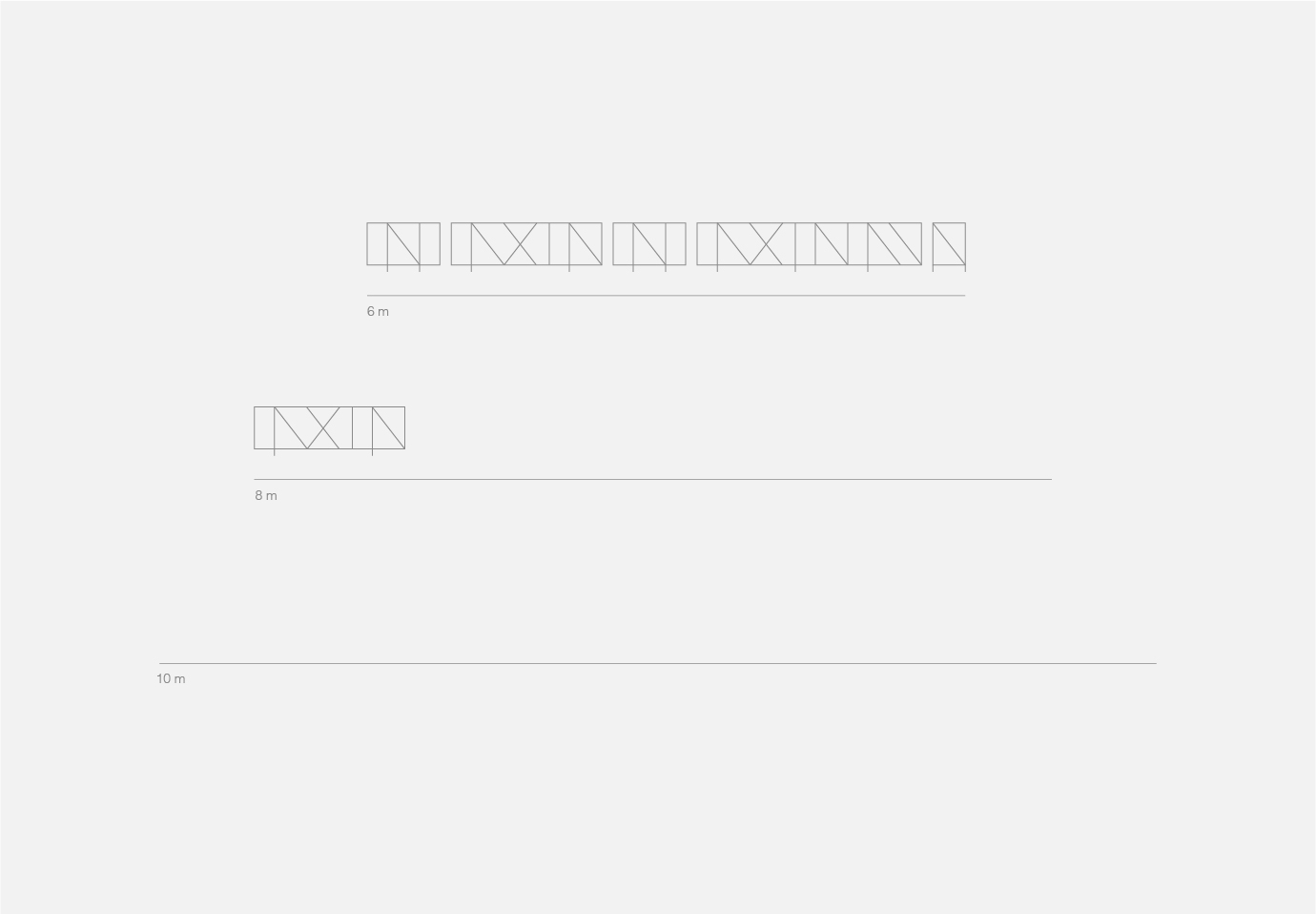Random
Garden fencing. Valencia City Council. Year 2019
DELTA ADI-FAD 2022.
Bronze. Outdoor equipment
There are two key characteristics for street furniture components: utility and integration. The utility of this fence is to protect specific landscaped areas from being walked on or occupied by dogs; thus, it has to meet some basic requirements in terms of its height and the size of the openings. However, there is another functional aspect that interested us, one affecting the manufacturing and installation processes. To simplify them, we designed the fence as a series of modules that are installed with gaps between them, so it can be adapted perfectly to the measurements of the area to be fenced without the need for onsite welding or creating custom pieces, offering, in addition, the variety provided by a multitude of possible combinations.
The integration of the fence into the city environment was something that concerned us a greatly because we understand that these elements have to be designed to fit into any urban setting without dominating, but instead harmonising with the surrounding architecture, taking into account the plethora of metal handrails, guardrails or balustrades in many different styles that are found in any street. We decided on a simple design, discreet, with straight lines, in order to achieve this integration, but having more appeal than the classic, boring, barred railings repeated ad infinitum. As the modules have slight differences between them, they allow fences to be created without repetition, but with a certain rhythm and flow of their own.
The play of vertical and oblique lines of this fence produces a sensation of movement as the observer moves forwards, while the narrow profile of the bars renders it almost invisible when viewed from a distance, where its presence as a barrier is unnecessary.
DELTA ADI-FAD 2022.
Bronze. Outdoor equipment





































